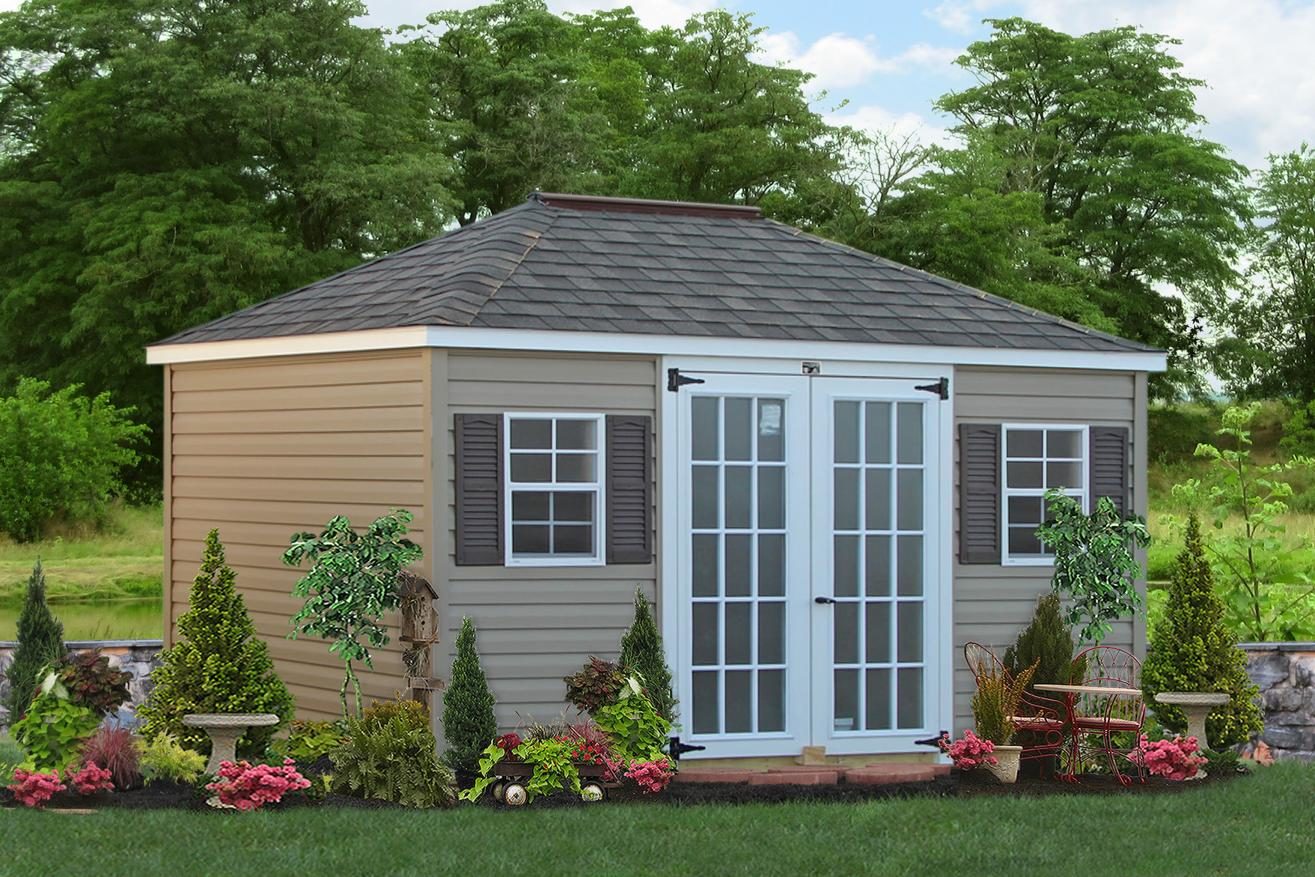Building certification is a process that ensures that buildings meet certain standards and requirements for safety, health, and environmental sustainability. One aspect of building certification that is becoming increasingly important is universal design. In this article, we’ll explore the relationship between building certification and universal design, and why it’s important for building owners and developers to consider universal design in their projects.
What is Universal Design?
Universal design is an approach to designing buildings, products, and environments that are accessible and usable by people of all ages and abilities, including people with disabilities. Universal design takes into account the needs of a diverse range of users and creates spaces that are adaptable, flexible, and inclusive.
Universal design is based on seven principles that guide the design process:
- Equitable Use: The design is useful and marketable to people with diverse abilities.
- Flexibility in Use: The design accommodates a wide range of individual preferences and abilities.
- Simple and Intuitive Use: Use of the design is easy to understand, regardless of the user’s experience, knowledge, language skills, or current concentration level.
- Perceptible Information: The design communicates necessary information effectively to the user, regardless of ambient conditions or the user’s sensory abilities.
- Tolerance for Error: The design minimizes hazards and the adverse consequences of accidental or unintended actions.
- Low Physical Effort: The design can be used efficiently and comfortably and with a minimum of fatigue.
- Size and Space for Approach and Use: Appropriate size and space is provided for approach, reach, manipulation, and use, regardless of the user’s body size, posture, or mobility.
Why Universal Design is Important
Universal design is important for several reasons. First, it promotes accessibility and inclusivity by creating spaces that are usable by people of all ages and abilities. This can help to ensure that everyone has equal access to opportunities and resources, regardless of their physical or cognitive abilities.
Second, universal design can reduce the need for expensive retrofits and modifications in the future. By incorporating universal design principles into the design process, building owners and developers can create spaces that are adaptable and flexible, and that can accommodate a wide range of users without the need for major modifications or renovations.
Finally, universal design can enhance the overall user experience and promote well-being. By creating spaces that are comfortable and easy to use, universal design can promote a sense of well-being and reduce stress and frustration for all users.
How Building Certification Can Promote Universal Design
Building certification programs can promote universal design in several ways. Here are some examples:
- Accessibility Standards: Building certification programs can include accessibility standards that ensure that buildings are accessible for people with disabilities. These standards can include requirements for accessible entrances, elevators, restrooms, and other features that allow people with disabilities to access and navigate the building.
- Flexibility Standards: Building certification programs can include flexibility standards that require buildings to be adaptable and flexible, and that can accommodate a wide range of users. These standards can include requirements for adjustable-height work surfaces, flexible seating arrangements, and other features that can be customized to meet the needs of individual users.
- Community Engagement: Building certification programs can require building owners and developers to engage with the community to ensure that their building meets the needs of the local community. This can include engaging with local organizations that represent underserved communities to ensure that their needs are being met.
- Location: Building certification programs can encourage building owners and developers to locate their buildings in areas that promote universal design. This can include locating buildings in areas with good access to public transportation, affordable housing, and other amenities that promote accessibility and inclusivity.




